Pink Rozay
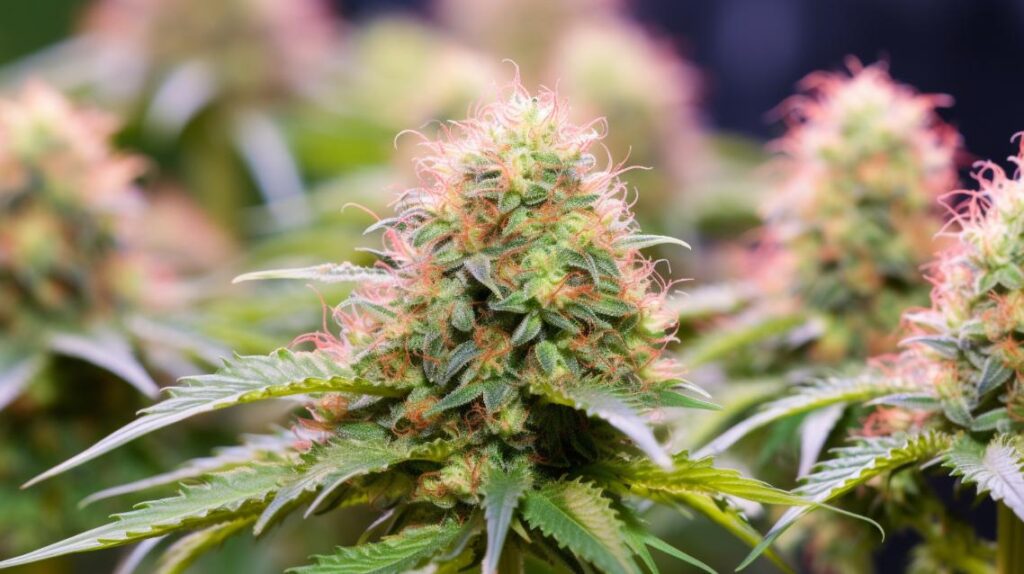
In the rapidly evolving world of cannabis cultivation and consumption, the Pink Rozay strain emerges as a noteworthy contender among indica-dominant hybrids.
With its unique genetic lineage, stemming from a cross between Lemonchello 10 and LPC75, Pink Rozay not only boasts a complex aromatic profile but also offers a potent therapeutic experience, marked by THC levels ranging between 16-18%.
This strain’s ability to induce an uplifting and tingly sensation has garnered attention from both recreational users and those seeking relief from ailments such as chronic pain, anxiety, and depression.
However, despite its popularity, there are nuances to its cultivation, effects, and potential adverse reactions that warrant a closer examination.
As we explore the multifaceted character of Pink Rozay, questions about its terpene profile, comparative effectiveness, and its place within the broader cannabis ecosystem come to the forefront, inviting a deeper exploration into what sets this particular strain apart.
Genetic Lineage
The Pink Rozay strain, a remarkable indica-dominant hybrid, owes its genetic heritage to the crossbreeding of Lemonchello 10 and LPC75, a meticulous selection engineered by the Cookies team to optimize both its potency and aromatic profile. This strategic genetic amalgamation not only bolsters the strain’s THC levels, typically measuring between 16-18%, but also enhances its olfactory appeal.
The Lemonchello 10 component is renowned for its vibrant, citrus-laden bouquet, while LPC75, a variant closely related to the illustrious Pound Cake lineage, contributes a depth of sweet, bakery-like notes that round out Pink Rozay’s complex aroma.
This deliberate genetic curation results in a cannabis strain with a compellingly fruity aroma, underscored by subtle pastry nuances reminiscent of its Pound Cake ancestry. Users can anticipate a harmonious blend of cerebral stimulation and physical relaxation, a testament to its balanced indica dominance.
However, the scarcity of detailed cultivation information necessitates consultation with seasoned growers to unlock Pink Rozay’s full potential, ensuring its unique characteristics are preserved. The Cookies team’s precise and thoughtful approach to Pink Rozay’s development underscores a commitment to offering a strain that is as potent in effect as it is rich in flavor.
History and Origin
Having explored the genetic lineage of Pink Rozay, which underscores its potent THC levels and aromatic profile, we now turn our attention to its history and origins, a narrative that further illuminates this strain’s ascent within cannabis culture.
The Pink Rozay strain is a testament to the innovative breeding techniques and meticulous selection process that have become hallmarks of modern cannabis cultivation.
-
Crossbreeding Excellence: At the heart of Pink Rozay’s history is its creation through the crossbreeding of Lemonchello 10 and LPC75 strains. This deliberate genetic blend was engineered to produce a strain that not only boasts a high THC content but also a unique and appealing fruity scent.
-
Cookies Team’s Contribution: The renowned Cookies team played a pivotal role in the development of Pink Rozay. Their expert selection process ensured that the strain embodied the desired traits of potency and flavor, cementing its status as a favorite among connoisseurs and casual users alike.
-
Cultural Impact and Popularity: Originating in the United States, Pink Rozay quickly gained a following for its cheerful head high and its effectiveness in relieving pain, muscle relaxation, and anxiety alleviation. Its limited cultivation information, coupled with its availability in various forms, underscores its growing demand in the cannabis marketplace.
THC/CBD Content
Boasting a THC content typically ranging from 16-18%, Pink Rozay is distinguished by its potent effects, offering users a swift and pronounced head high. This particular strain stands out in the cannabis market for its remarkable THC potency, which significantly exceeds the average THC content found in many indica strains, typically around 12%.
The Pink Rozay strain, with an average THC concentration of 17%, is particularly noted for its uplifting and tingly sensations, making it a choice for those seeking an intense and immediate euphoria.
However, it is essential to highlight that the Pink Rozay strain possesses minimal CBD content. This characteristic underscores the strain’s orientation towards delivering a powerful THC-driven experience, rather than the therapeutic effects often associated with higher CBD levels.
Given its high THC content, Pink Rozay is not recommended for novice users or those with a low tolerance to cannabis. Its potency and the rapid onset of its effects can be overwhelming for inexperienced users, emphasizing the need for moderation and responsible consumption.
Terpene Profile
Understanding the Pink Rozay strain’s THC/CBD content sets the stage for a deeper exploration into its terpene profile, which plays a crucial role in its unique effects and aroma. The terpene profile of Pink Rozay is complex and multifaceted, contributing not only to its distinctive scent but also to its therapeutic properties. Terpenes, the aromatic compounds found in cannabis, are key to differentiating one strain from another and can influence the strain’s effects on the user.
The primary terpenes in the Pink Rozay strain include:
- Myrcene: Known for its earthy, herbal essence, Myrcene is the most abundant terpene in cannabis. It is believed to promote relaxation and has anti-inflammatory properties.
- Limonene: This terpene contributes a citrusy aroma to the Pink Rozay strain. Limonene is associated with mood elevation and stress relief.
- Caryophyllene: Offering a spicy, peppery scent, Caryophyllene is unique for its ability to interact with the endocannabinoid system, potentially reducing pain and inflammation.
The synergy between these terpenes and the cannabinoids found in Pink Rozay creates an entourage effect, enhancing the overall experience and benefits derived from this particular strain. Understanding its terpene profile is essential for appreciating the full spectrum of effects Pink Rozay can offer.
Effects
The Pink Rozay strain is renowned for its dual-action effects, offering a blend of calming relaxation and energizing euphoria that caters to both medical and recreational users. This unique strain, developed by Cookies, showcases an indica profile that significantly contributes to its deeply soothing physical effects. Its ability to alleviate stress and anxiety is particularly notable, providing users with a serene sense of tranquility. The high THC content present in Pink Rozay is responsible for its energizing high, delivering a potent experience that can effectively manage symptoms of chronic pain and fatigue. This combination of relaxation and stimulation is advantageous for patients dealing with mood swings, as it can promote a more stable emotional state without leading to excessive sedation.
Further, Pink Rozay’s therapeutic benefits are enhanced by its rapid onset of effects. Users report experiencing an initial head high that is both fast and intense, which gradually transitions into a blissful state of relaxation. This progression makes Pink Rozay especially appealing for those seeking relief from their ailments without compromising their ability to remain engaged in daily activities.
Medical Uses
Building on its notable effects, Pink Rozay’s diverse medical applications further underscore its significance in therapeutic contexts.
This strain has been identified as particularly beneficial for patients dealing with a spectrum of ailments, thanks to its potent properties that target both physical and mental health issues.
Among its acclaimed benefits, the following stand out:
-
Chronic Pain Relief: Pink Rozay is highly regarded for its efficacy in mitigating chronic pain, a prevalent issue that affects a significant portion of the population. Its analgesic properties make it a go-to option for individuals seeking relief from persistent discomfort.
-
Mood Regulation and Stress Reduction: The strain’s ability to elevate mood and alleviate symptoms of depression and anxiety is another critical aspect of its medical utility. Patients suffering from chronic stress, mood swings, and related conditions find solace in its calming effects.
-
Sleep and PTSD Support: For those grappling with sleep disturbances, anxiety, fibromyalgia, and Post-Traumatic Stress Disorder (PTSD), Pink Rozay offers potential benefits. Its soothing influence can contribute to improved sleep quality and reduce the severity of PTSD symptoms, showcasing its versatility in managing a broad spectrum of health issues.
In essence, Pink Rozay’s therapeutic potential spans across various medical needs, making it a valuable strain in the realm of medical marijuana.
Flavor and Aroma
Delving into Pink Rozay’s flavor and aroma profile reveals a complex bouquet of fruity, floral, and creamy notes, offering a sensory experience as intricate as its therapeutic applications. The aroma exudes a unique blend, reminiscent of blue cheese or champagne, with an undercurrent of earthiness that complements its sophisticated palette. This is further enhanced by a flavor profile that marries sweet strawberries, spicy florals, and nutty herbs, drawing inspiration from the bright, floral flavors of rose. The presence of terpenes in Pink Rozay not only contributes to its aromatic complexity but also plays a significant role in enhancing the strain’s therapeutic effects, aiding in relief from conditions such as arthritis, chronic pain, and anxiety.
The appearance of Pink Rozay, characterized by its frosty nugs adorned in muted shades of green, purple, and pink, further enriches the sensory experience. This visual appeal is accented by an array of thick trichomes and bright orange pistils, which underscore its quality and potency.
| Aspect | Description | Contribution |
|---|---|---|
| Aroma | Fruity, floral, creamy, reminiscent of blue cheese | Enhances sensory experience |
| Flavors | Sweet strawberries, spicy florals, nutty herbs | Therapeutic applications |
| Appearance | Frosty nugs, muted shades of green, purple, and pink | Visual appeal |
Appearance
In examining Pink Rozay’s appearance, one cannot overlook its visually compelling frosty nugs. These nugs showcase a vibrant spectrum of green, purple, and pink hues, accentuated by thick trichomes and bright orange pistils. This indica-dominant hybrid strain presents a stunning display of coloration and crystalline features. It not only captivates the eye but also hints at the potent and aromatic experience waiting to be unleashed.
Its dense, spade-shaped olive green nugs are adorned with pink and purple undertones, creating a visually striking effect. This makes Pink Rozay an aesthetically appealing choice for cannabis enthusiasts.
Key aspects of Pink Rozay’s appearance include:
-
Dense Spade-shaped Nugs: The nugs’ structure is compact and dense, indicative of the strain’s indica genetics. They have a spade-like shape that is both unique and visually appealing.
-
Vibrant Color Spectrum: Shades of green, purple, and pink blend seamlessly across the surface of the nugs. This is highlighted by the bright orange pistils that add a pop of color.
-
Thick Trichome Coverage: A frosty layer of trichomes envelops the nugs. This signals the high THC content and the potent effects that accompany this strain.
This meticulous attention to detail in its appearance not only underscores the quality of the Pink Rozay strain but also enhances the overall experience for users. It makes it a standout choice in the cannabis market.
Grow Information
The cultivation of the Pink Rozay strain requires a nuanced understanding of its environmental and care needs, presenting a challenge best suited for experienced growers. This particular strain demands a warm and dry climate with consistent temperatures, which is why indoor cultivation, where such conditions can be meticulously controlled, is often preferred. Small quantities of Pink Rozay can be managed more effectively in these controlled environments, allowing for close monitoring and precise adjustments to temperature and humidity levels.
Its flowering period falls within the 8-9 weeks range, during which the plant develops dense spade-shaped olive green nugs adorned with pink and purple undertones. Achieving a moderate to high yield with Pink Rozay necessitates a vigilant approach to plant care. Regular pruning and training regimes are critical to manage its growth, improving light penetration and air circulation around the developing buds. These techniques not only prevent potential issues that can arise in dense foliage but also significantly influence the quality and quantity of the yield.
Given the strain’s specific requirements and the level of attention needed to coax out its best qualities, cultivating Pink Rozay in small quantities allows for a more focused and tailored approach, ultimately leading to superior results for those willing to invest the effort.
Adverse Effects
While understanding the cultivation nuances of the Pink Rozay strain is essential for optimal growth and yield, it is equally important to consider the potential adverse effects associated with its consumption. Cannabis strains, including Pink Rozay, can have varying impacts on different individuals, and being aware of possible negative outcomes is crucial for responsible use.
It’s noteworthy that while the strain may offer relaxation and euphoria for many, some users might face undesirable reactions. Key adverse effects to be mindful of include:
- Dizziness: A significant side effect that can affect one’s balance and coordination, potentially leading to accidents or falls.
- Paranoia and Anxiety: For some individuals, consumption may exacerbate feelings of paranoia or induce anxiety, complicating mental health conditions or inducing discomfort.
- Dry Mouth and Dry Eyes: Common among many cannabis strains, these symptoms can cause discomfort and are often accompanied by increased thirst and irritation.
Additionally, an increased heart rate is another possible reaction, which could be particularly concerning for users with pre-existing heart conditions. While not directly mentioned, symptoms like chronic fatigue could ensue after the effects wear off, as the body comes down from the heightened state induced by the strain. Users should stay hydrated, take breaks, and consume responsibly to mitigate these effects.
Comparisons with Similar Strains
Exploring the Pink Rozay strain reveals its close genetic and effects-based relations with several other cannabis varieties, notably including London Pound Cake (LPC75) and Lemonchello 10, which share its indica-dominance and potential for mood enhancement. The comparisons with similar strains highlight the intricate tapestry of the cannabis genetic lineage and the nuanced effects these plants can produce.
London Pound Cake (LPC75), like Pink Rozay, comes from a lineage celebrated for its potent THC levels and indica-heavy genetic makeup, offering a deep, relaxing experience that resonates well with those seeking tranquility and a break from life’s tensions. Similarly, Lemonchello 10, bred for its cheerful head high and mood-boosting effects, mirrors Pink Rozay’s capacity to elevate one’s spirits, making both strains favorites among users looking for a joyful escape.
For aficionados of the unique aromatic profile that Pink Rozay presents, strains such as Blue Cheese, with its notable fruity and floral notes, or those carrying champagne-like aromas, offer a comparable sensory experience. Furthermore, strains like Gelato and Wedding Cake, known for their relaxation and euphoria-inducing effects, provide an experience akin to that of Pink Rozay, catering to users in pursuit of similar blissful states.
Lastly, individuals drawn to the calming and blissful oblivion rendered by Pink Rozay might find solace in exploring the depths of Granddaddy Purple or the serene embrace of Northern Lights, both of which promise a journey of tranquility and euphoric relaxation.
Research and Studies
Recent studies have highlighted the Pink Rozay strain’s elevated THC content, ranging from 16-18%, underscoring its significant potential for those in search of a robust cannabis experience. Research and studies into this indica-dominant hybrid have delved into various aspects, from its therapeutic benefits to its unique terpene profile, offering insights into why it might be a preferred choice for both recreational users and medical marijuana patients.
Key findings from recent research include:
-
Medical Benefits: Various studies have explored Pink Rozay’s potential in alleviating symptoms related to chronic pain, anxiety, and stress. Its high THC levels could be contributing to its effectiveness in symptom management.
-
Terpene Profile: The strain’s terpene profile, known for floral and fruity aromas, has been linked to its relaxation and mood enhancement effects. This underscores the importance of terpenes in the overall cannabis experience.
-
Symptom Relief: Research has particularly pointed out Pink Rozay’s efficacy in aiding those suffering from chronic fatigue, depression, and mood swings, highlighting its role in providing a natural alternative for managing these conditions.
Ongoing research continues to uncover the Pink Rozay strain’s genetic lineage, cultivation techniques, and its specific crosses, offering valuable insights for both growers and consumers interested in its distinct characteristics and therapeutic effects.
Frequently Asked Questions
Is Pink Rozay a Sativa or Indica?
Addressing the query concerning the classification of a cannabis variety without specific reference, it is pertinent to highlight that genetic origins play a crucial role. The described specimen is an indica-dominant hybrid, evidenced by its lineage and effects.
Is Pink Strain Indica or Sativa?
The current inquiry pertains to the classification of a particular strain as either indica or sativa, focusing on its hybrid genetics. Hybrid strains blend both indica and sativa characteristics, offering a balance of effects.
What Is the Most Powerful Indica Strain?
Identifying the most powerful indica strain involves analyzing THC levels and user-reported effects. Potency varies among strains, but those with high THC concentrations are generally considered more potent, offering strong sedative and relaxing effects.
Which Strain Is Best for High?
For optimal potency, selecting a strain with a robust terpene profile is crucial. These compounds significantly influence the effects, aroma, and therapeutic benefits, guiding users towards strains that best match their desired high and symptom relief.

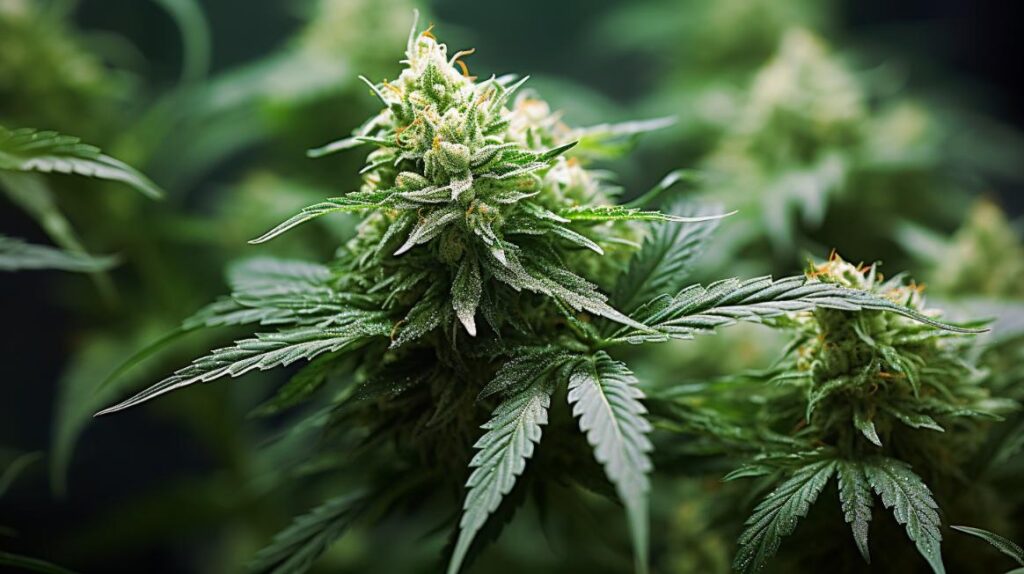
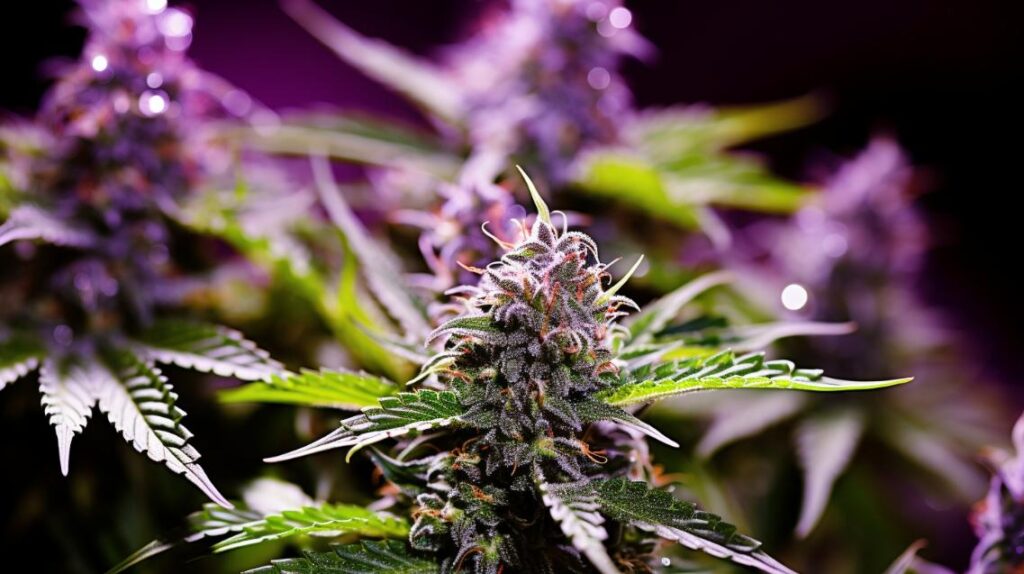
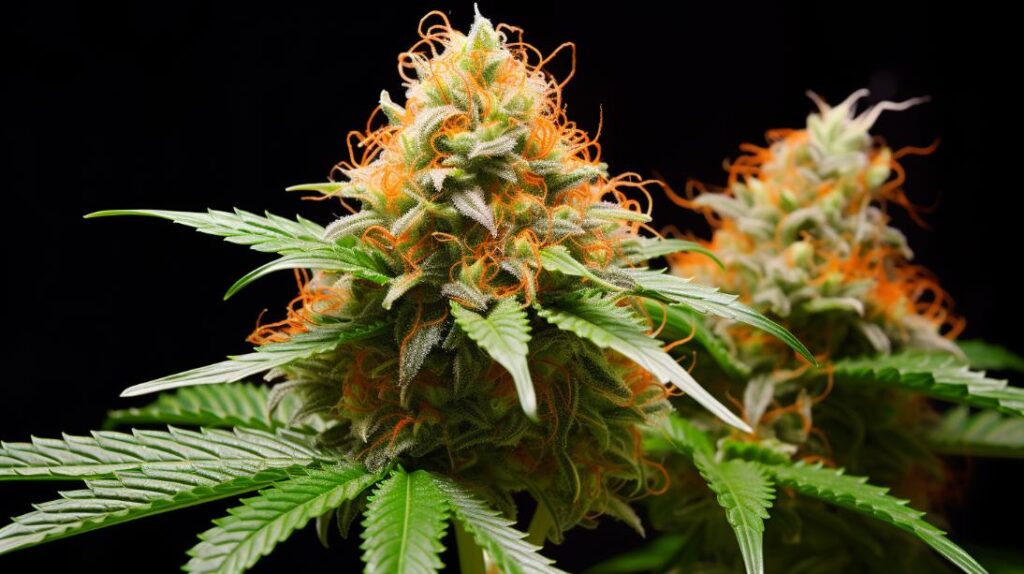
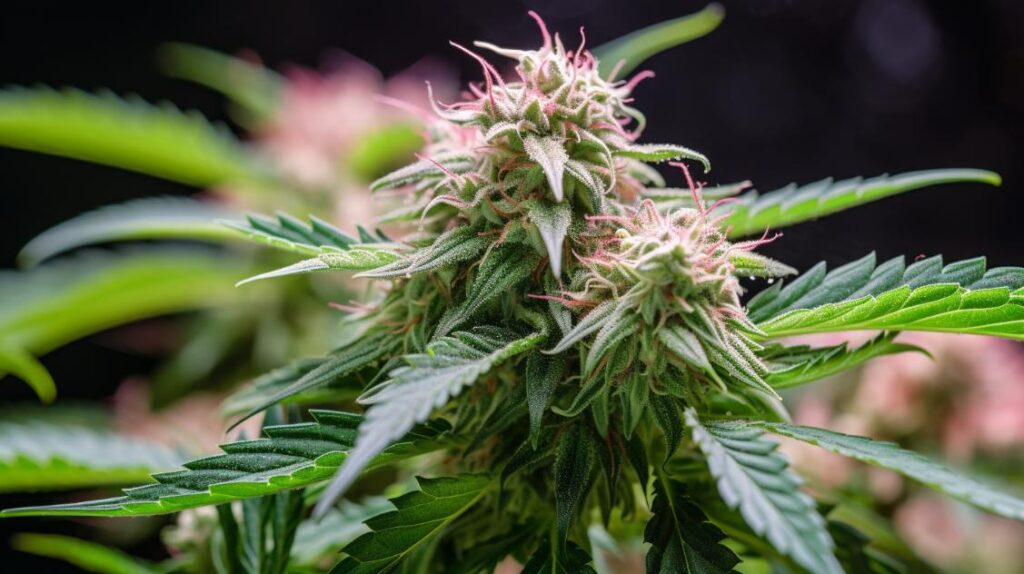
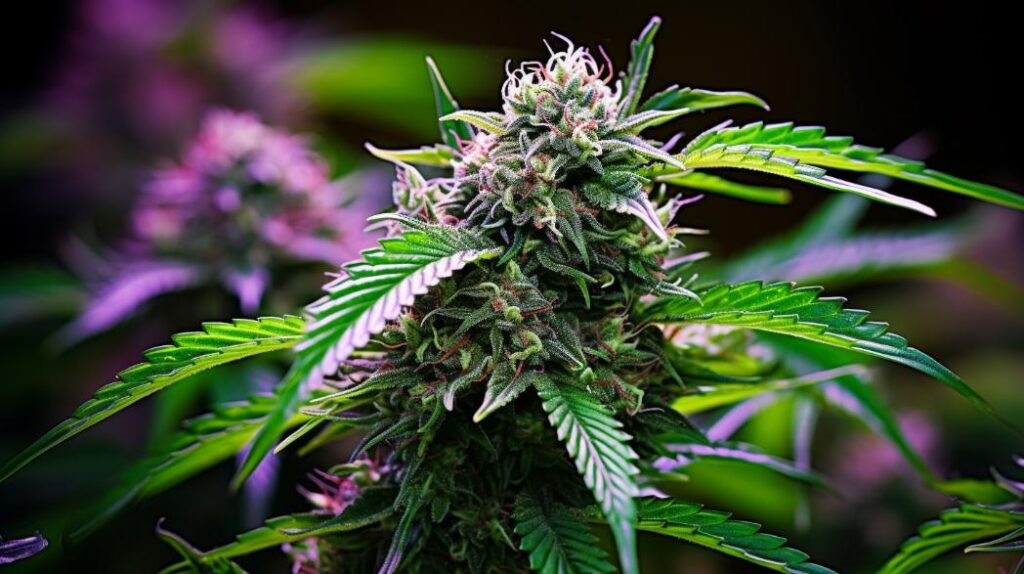

Responses